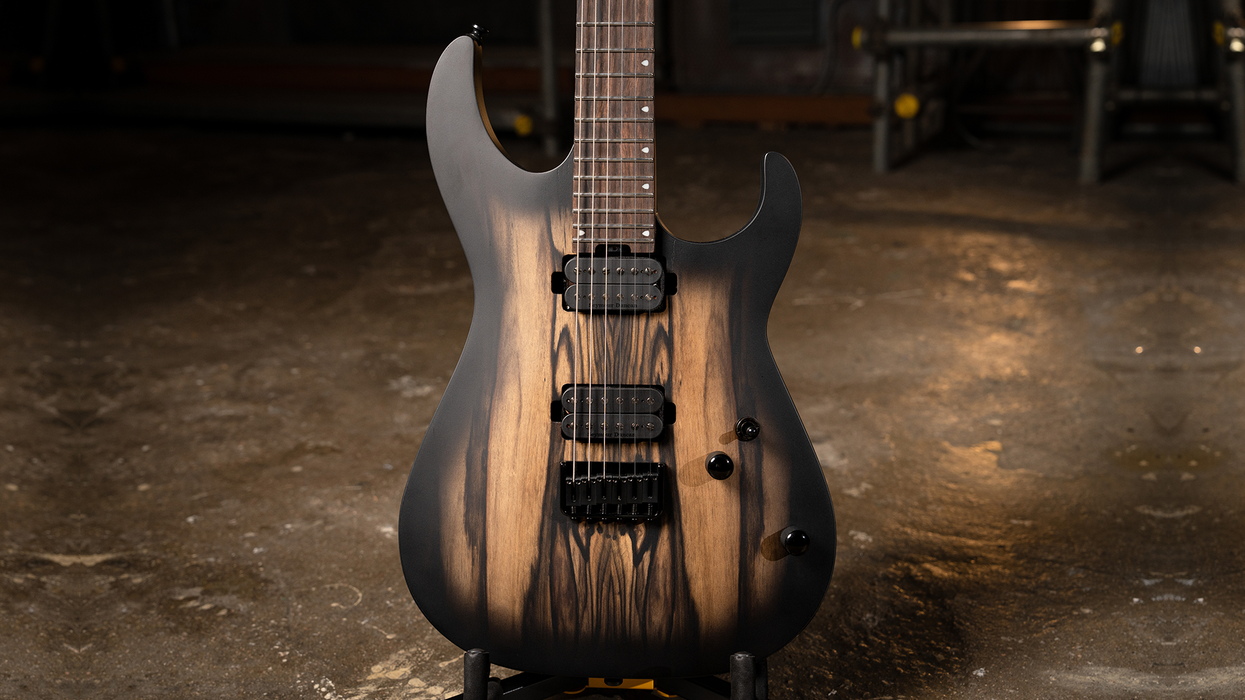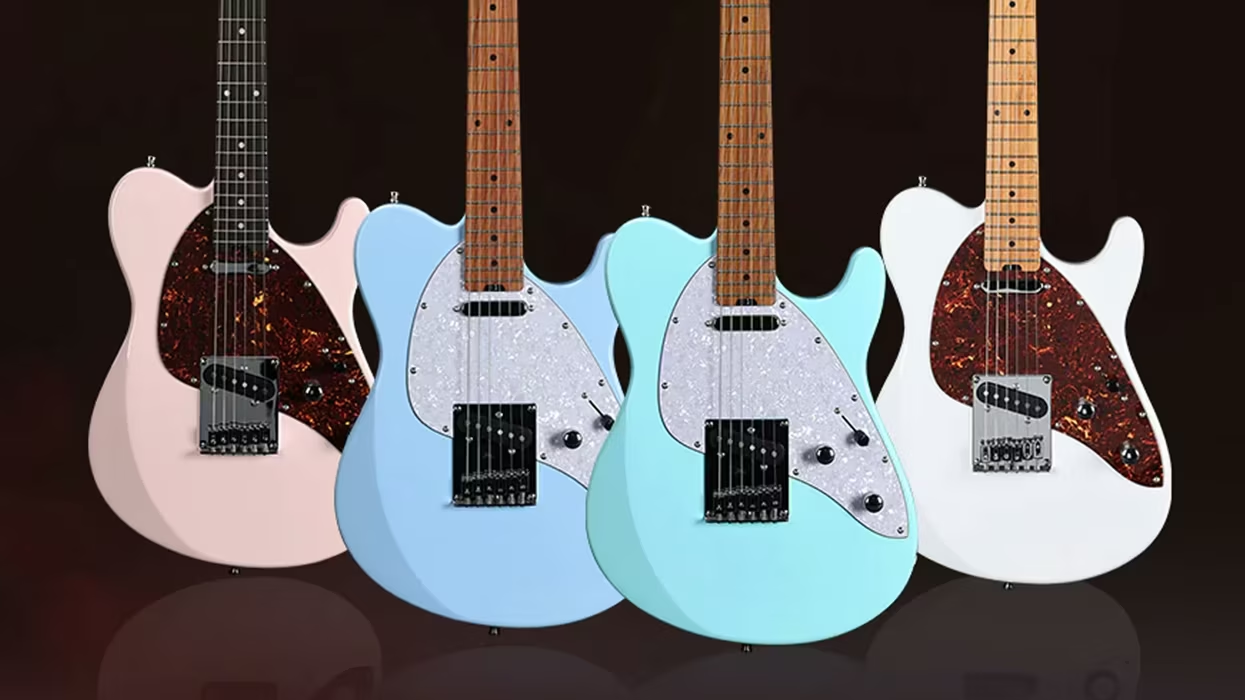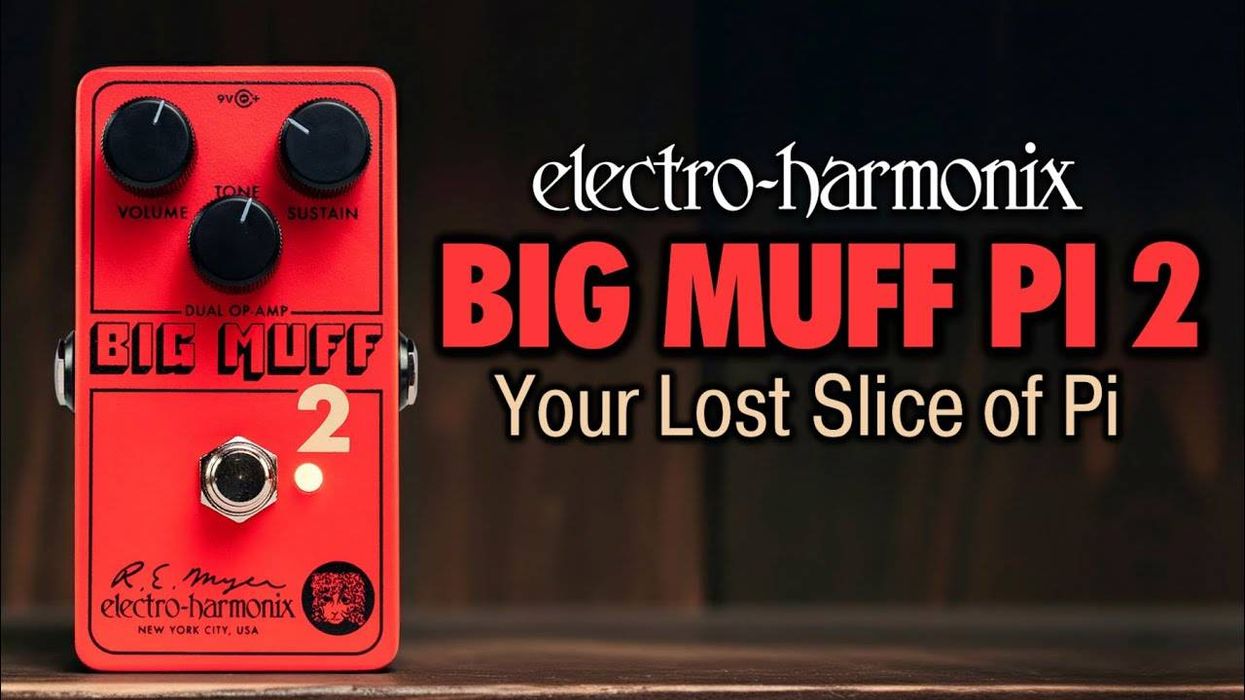This is a tale, not of two cities, but of two companies and of two amplifiers that, if it weren’t for their logos, might have been twins. Just about everybody who’s ever picked up a Strat or Tele is familiar with the tweed Fender Champ—the little practice amp that could, the one famous for being the amp that Clapton used to record “Layla.”
The tweed Champ is great for practicing at home, for recording in the studio, or for gigging when played through one of the high-quality PAs found in so many clubs, and it has that vintage-tweed cool factor. For the working musician, however, one problem presents itself. These amps are collectible, and collectability means higher prices. I had been coveting one of these little amps, but the $1,200 price tag was a bit daunting. When I was in Danny’s Guitar Shop in Narberth, Pennsylvania, and spotted a road-worn Gibson amp that looked a lot like a tweed Champ but was tagged with a more manageable price, I couldn’t resist. It turned out to be so great that I became curious: Why aren’t these amps better known? And why aren’t more people buying and using them?
The original schematic to this 1956 Gibson GA-5 Les Paul Junior amp shows virtually the same circuit as a tweed Fender Champ FC-1.
Nate Westgor of Willie’s American Guitars in Saint Paul, Minnesota, knows as much as anybody about vintage gear, and although the store’s website says, “Cool used guitars is just about all we do,” they also do quite a bit with cool used amps. Nate believes the answer to my question about why the Les Paul Junior amp isn’t better known is as much about history and perception as it is about tubes and circuit design. Actually, it may be more about history and perception than it is about tubes and circuits.
“When Fender was concentrating on making roadworthy amps for touring country musicians,” says Westgor, “Gibson’s ethos was ‘distortion-free tone.’ Fender was listening to traveling musicians, Gibson was listening to nobody. Gibson even thought of the 1952 Les Paul solidbody guitar as a passing fad. The first ones didn’t even have serial numbers.”
I asked Stephen Johnson, the best guitar tech I know of in the Philadelphia area, to direct me to the tube amp guy he trusts to work on his gear. His answer: Jim Walton—the tech guy’s tech guy. “Gibson never understood,” says Walton, “why someone would buy a beautiful Gibson guitar and then plug it into a Fender amp, and that prejudice has lasted a long time at Gibson. From a repairman’s perspective, there were eras, especially the late ’50s through 1964, when Gibson amps were great. That was their golden era.”
Photo by Ariel M. Goldenthal
Leo Fender’s background was in radio repair, and he was quite naturally excited about and involved with electronics from the start. Gibson was focusing on building archtop guitars, largely for big band and jazz musicians.
“Fender was building solidbody guitars and rugged amps,” Westgor explains, “originally for touring country musicians, and later for rock ’n’ rollers, but Gibson was slow to put the necessary time into designing and building amps. Gibson’s other problem, from a marketing perspective, was that they kept changing their amps. Some were great but others weren’t great at all. The Fender Champ has always been around, so if you fast-forward 30 years or so, you can always tell your brother-in-law to buy a Champ and know it will be great. But buying advice about a Gibson is much more complicated—you have to specify the year or model, or sometimes both. Gibson’s history is not rock solid. Fender always made a Deluxe, and they always made a Champ, and you can buy any older Champ or Deluxe and know that it will be great. With Gibson, you have to qualify your advice. Fender took command of the amp market right off the bat, so older Fender amps are prized, but older Gibson amps are not. It’s analogous to the way that nobody looks for an older Fender acoustic.”
Photo by Ariel M. Goldenthal
Players buy guitars looking for feel, for tone, for inspiration, and for just a little bit of magic. Sometimes that magic is in the form of the mojo that resides in a great pawnshop find. And sometimes the magic is in its resemblance to a guitar hero’s chosen instrument. That’s just as true whether it’s a vintage Martin flattop like the one Stephen Stills plays, a Jeff Beck or Eric Clapton signature model Strat, or a Gibson archtop. Musicians looking to buy a great old jazz guitar immediately think about the gear and tone of their guitar heroes: Charlie Christian’s ES-150, Wes Montgomery’s L-5, or the ES-175s favored by Jim Hall and Joe Pass. They all played Gibson archtops, the classic jazz box.
But what amps did those jazz guitar heroes use? Gibsons? Not usually. For the most part, they used Fender amps, most often the Twin Reverb. The result is that while Gibson archtops are valued by players and collectors alike, Gibson amps aren’t. And that’s just as true of the low-power amps.
—Jim Walton
Just as guitars become icons because of their association with great performances, so too do amps. That’s where the difference in perceived values between Gibson and Fender starts. And it’s where Clapton and “Layla” figure in. If you Google “recordings small amps,” one of the first pages to show up will be “10 Huge Sounds Recorded on Small Amps - Gibson.” Click, and you’ll be taken to a gibson.com page with that title where you can read about amps used on Clapton’s “Layla,” Joe Walsh’s “Rocky Mountain Way,” Aerosmith’s Honkin’ on Bobo, Billy Gibbons’ “La Grange,” and Jeff Beck’s “Cause We’ve Ended as Lovers.” They are all Fender Champs. And yes, you read correctly, all this information is on gibson.com.
It might be tempting to conclude that this is proof that Fender Champs are great amps and Gibsons aren’t. It might be tempting to go further and conclude that only Fender Champs of whatever iteration can produce a compelling, warm, and textured sound because the Gibson sound is too clean. But—and this is where it gets interesting—these amps are incredibly similar from an electronics perspective. My Gibson 1956 GA-5 Les Paul Junior has three tubes: a 6SJ7, a 6V6, and a 5Y3 and not much else: a power transformer, an output transformer, a power switch, two input jacks, a volume control, seven capacitors, eight resistors—that’s it. A tweed Fender Champ FC-1 has three tubes: a 6SJ7, a 6V6, and a 5Y3, a power transformer, an output transformer, a power switch, two input jacks, a volume control, seven capacitors, and eight resistors. As far as I can tell (and admittedly, I’m no electrical engineer), they are the same amplifier!
What about that “clean” thing? First, a quick tube-amp review: When guitarists refer to a clean tone, they generally mean a tone free from obvious distortion. But, as Curtis Craig, a professor at Penn State and a sound media designer and composer, explained to me, a perfectly clean tone—a pure tone, one free of any harmonic overtones—would sound like a tuning fork or signal generator. It would have no color, no timbre, no characteristics of the plucked guitar string that produced it, and it would not be a fun listening experience.
What we call a clean sound from a guitar, even an unamplified one, actually consists of a fundamental frequency and four or five audible harmonic overtones. The signal is not pure, so it’s technically a distorted signal, but we perceive it as warm, not as distorted. A plucked A will have a fundamental frequency of 110 Hz and a second-order harmonic overtone of approximately 220 Hz. By way of contrast, a trumpet produces about 20 harmonic overtones, and an overdrive pedal produces several hundred harmonic overtones.
What makes tube amps so cool is what they do with these harmonic overtones. A solid-state amp might produce the same number of audible harmonic overtones as a tube amp, but the relative power of the higher order (above seven) harmonics will be different in the tube amp from what it is in the solid-state amp. Craig says, “This is where the ‘black magic’ comes in: People attribute a warmer sound to an amp when there is relatively more power in the lower order harmonics [two, four, six], or when there is lower power everywhere except the original signal [the fundamental].”
Photo by Ariel M. Goldenthal
Okay, what does this have to do with that old Gibson amp? Dave Anderson, a bass player, tube-amp head, and doctoral student in electrical engineering at the University of Rochester translated calculus and differential equations into English for me and PG readers. Here it is: “6SJ7 tubes are pentodes, which produce a very linear signal with very little distortion. They create a warm sound because they don’t do much to the original signal. They leave it clean, but warm and full. And 6SJ7 tubes do that whether they are in a Gibson Les Paul Junior or a tweed Fender Champ FC-1. The 12AX7 tubes used in Gibson GA-6s and later Fender Champs like the 5E1 and the 5F1, distort a bit more, but keep those distortions in the lower-order harmonics. Amps using those tubes don’t sound like solid-state amps either. The overtone series of harmonics is what gives instruments their unique timbres. That is not the same thing as distortion.”
I asked Anderson if the later amps—models equipped with tone controls—are better. He doesn’t think so: “The advantage of the early amps is that they have no tone control. People say that tone controls eat up signal, but that’s not actually the big difference, because normal circuitry can eat up signal too. The important distinction is that tone controls can interact poorly with other electronics in the 1 kHz to 2 kHz region, just where the desirable effects of tubes are most noticeable. The absence of a tone control leads to a nice overall warm sound due to the flat frequency response.”
As Dave Hunter writes on the first page of the first chapter in The Guitar Amp Handbook, “good tube amp tone really is a very, very, simple thing.” Of course, then he goes on for another 230 fascinating pages to explore the details of this simplicity. But that doesn’t change the truth of his statement. A tube amp can be very simple and still produce a warm, rich sound—the sound so many artists have used to great advantage in the studio.
Maintaining and Upgrading an Older Gibson Amp
Jim Walton recommends that any ’50s or ’60s amp you buy receive preventative maintenance. Here is his list:
- (1) Upgrade to a grounded line cord.
- (2) Replace the chemically impregnated paper capacitors with modern capacitors.
- (3) Check chassis grounding.
- (4) Test signal capacitors for high-voltage leakage.
- (5) Check all tubes and tube-socket connections.
- (6) Clean everything.
Walton cautions that all of this should be done by an experienced amp tech because of the risk of high-voltage electrical shock.
Any tube amp will produce a sound rich in natural harmonics, according to Anderson. “Let’s say that a guitar’s A string, which vibrates at 110 Hz, produces naturally audible harmonics at 220, 330, and 440 Hz. These would be second, third, and fourth harmonics. A 6SJ7 would leave the relative volume of each of these harmonics nearly untouched—what we would call clean and fairly warm. A 12AX7 would likely accentuate the volume of 220, 330, and 440 Hz, and maybe add 550 and 660 Hz, but nothing more. Since the distortion happens in the low-order harmonics and is fairly subtle, it adds to the warmth, but has its own ‘color’ that’s different from other tube amps. Fender, but not Gibson, moved on to the 12AX7 in later versions of their 5-watt amps, adding just a little more warmth.An overdrive pedal will add significantly to these harmonics, as well as adding hundreds more, but the sound will no longer be warm.”
“The initial tone control circuits were badly designed,” adds Anderson, “and interacted with other controls—such as gain and volume—in unpredictable ways. The problem is that when there are too many parameters all wildly interacting with each other, the tone is unpredictable. A signal chain with tone and volume controls on the guitar, tone and volume controls on effects pedals, and tone and volume controls on an amp is a nightmare. The simplicity of an amp with no tone controls can lead to a much more natural, flat sound that is really unachievable with a cascade of complicated controls.”
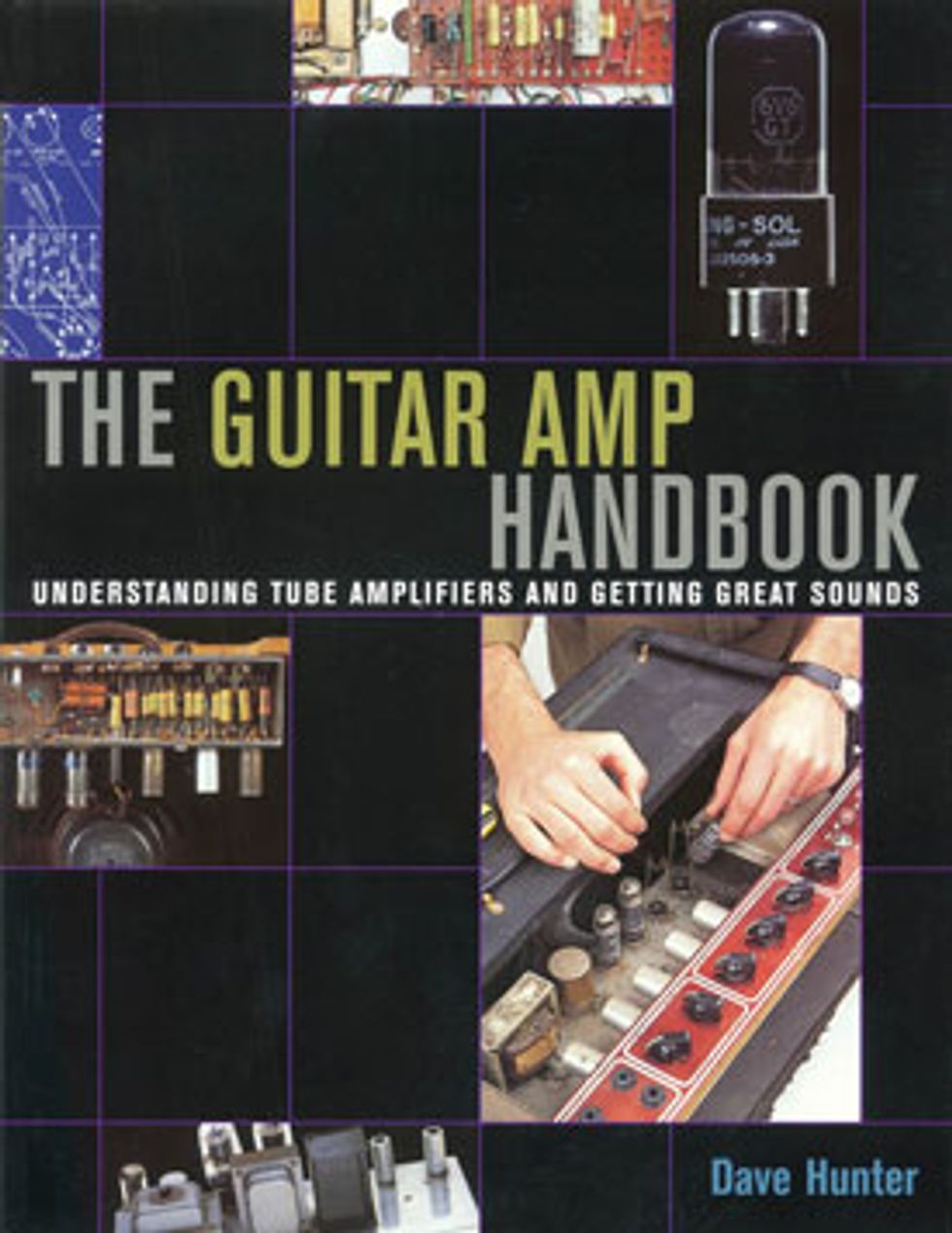
If Anderson’s description leaves you hungry for even more technical information, there’s plenty available. Check out other articles in this issue and in PG’s previous August “amp issues,” the regular “Ask Amp Man” column, and two books I’ve found very useful in my research: Hunter’s previously mentioned The Guitar Amplifier Handbook and Wallace Marx’s Gibson Amplifiers. And for those who want to jump into this subject in all its geeky glory, the original RCA and GE tube manuals are available online, as are Western Electric schematics ... and even the Radiotron Designer’s Handbook.
All this technical stuff is interesting, but this story’s headline promised it would be about undervalued gear. Are the Gibson GA-5 and its descendants undervalued? Should you buy one? It depends on what you’re looking for. A Les Paul Junior isn’t powerful enough to fill a big room with great sound—after all, it’s only a 5-watt combo. But it is powerful enough to deliver warm, rich sound in your living room or for miking through a PA. For the collector or musician who trades equipment a lot—or for anyone concerned about resale value—an old Gibson amp may not be such a great idea, even if it seems like a bargain when compared to a Fender amp at two or three times the price. For a player on a budget, however, it might be just the right thing.
Nate Westgor and Jim Walton get the last words here.
“As we baby boomers age,” says Westgor, “most of our playing is done at home, so smaller amps have a lot of appeal. In retrospect, the older Gibson amps were overlooked. In the ’50s and ’60s they made some really excellent amps.”
Walton agrees: “The GA-5 is a bargain because it lacks the public association of the tweed Champ with Clapton and ‘Layla.’ In fact, all the amps of that era were copies with modifications of what had been successful in radio. They were all using the same Western Electric circuits.”
“If price is no object,” concludes Westgor, “buy the Fender because it will have better resale value. Gibson makes a good product, but a Gibson amp will be harder to sell. It’s like buying a Ferrari—you’ll always be able to sell it. But if you don’t have $1,200 to spend on a tweed Fender Champ, the Gibson is a great little amp.”


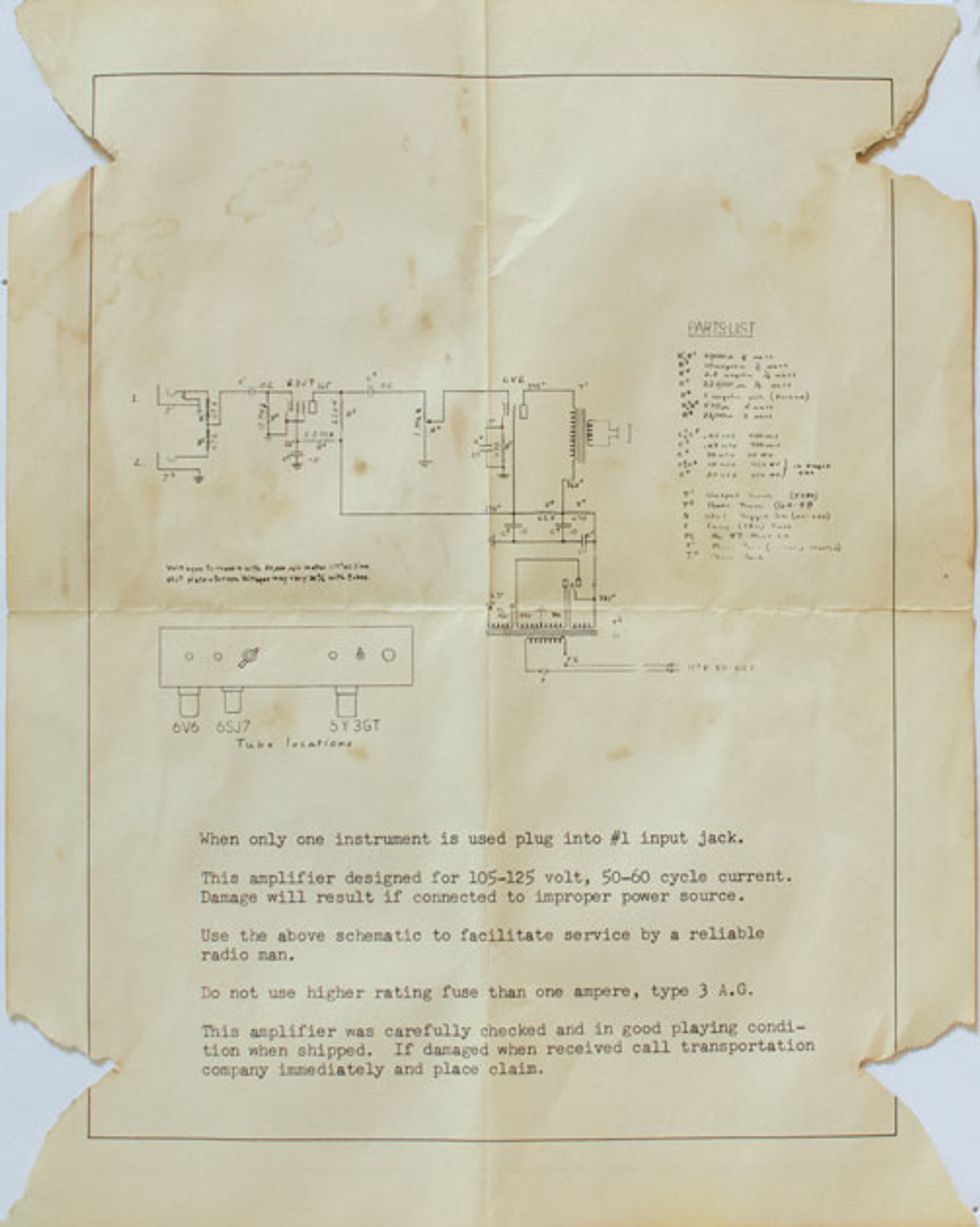
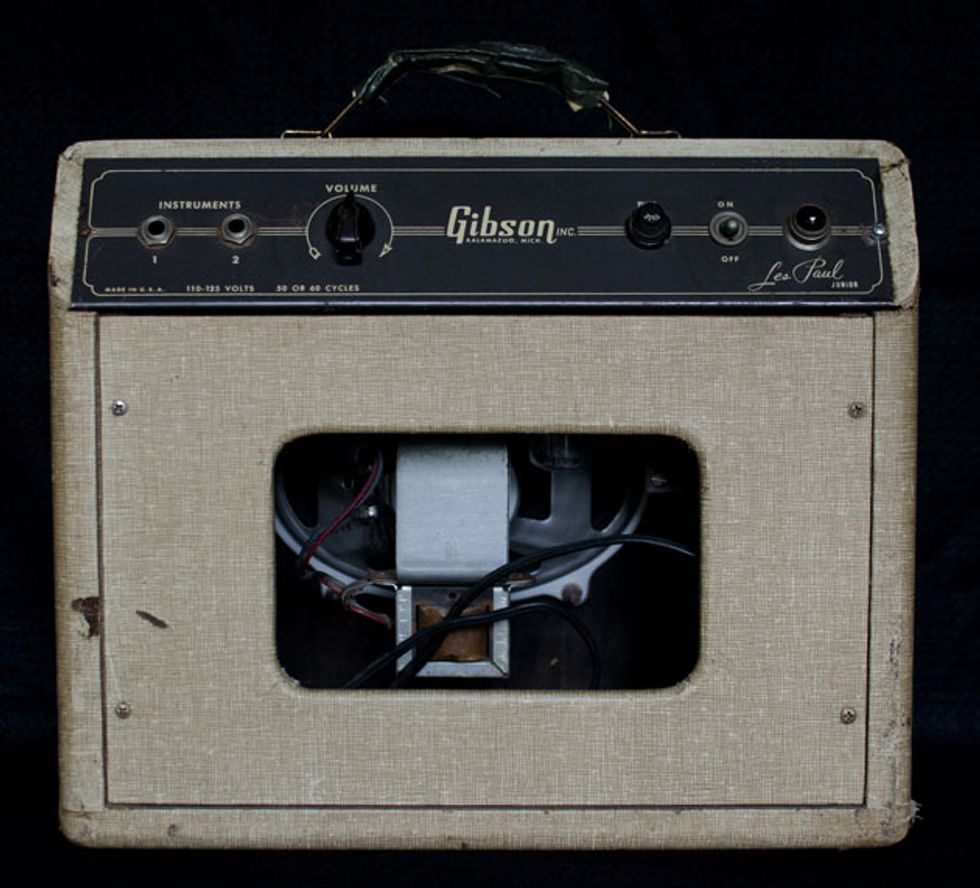
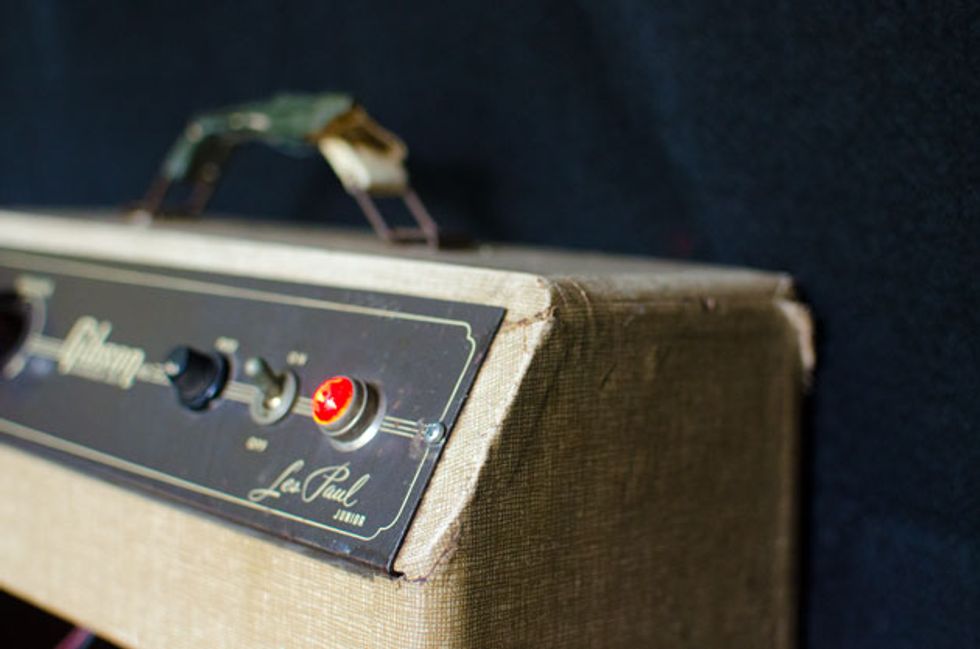
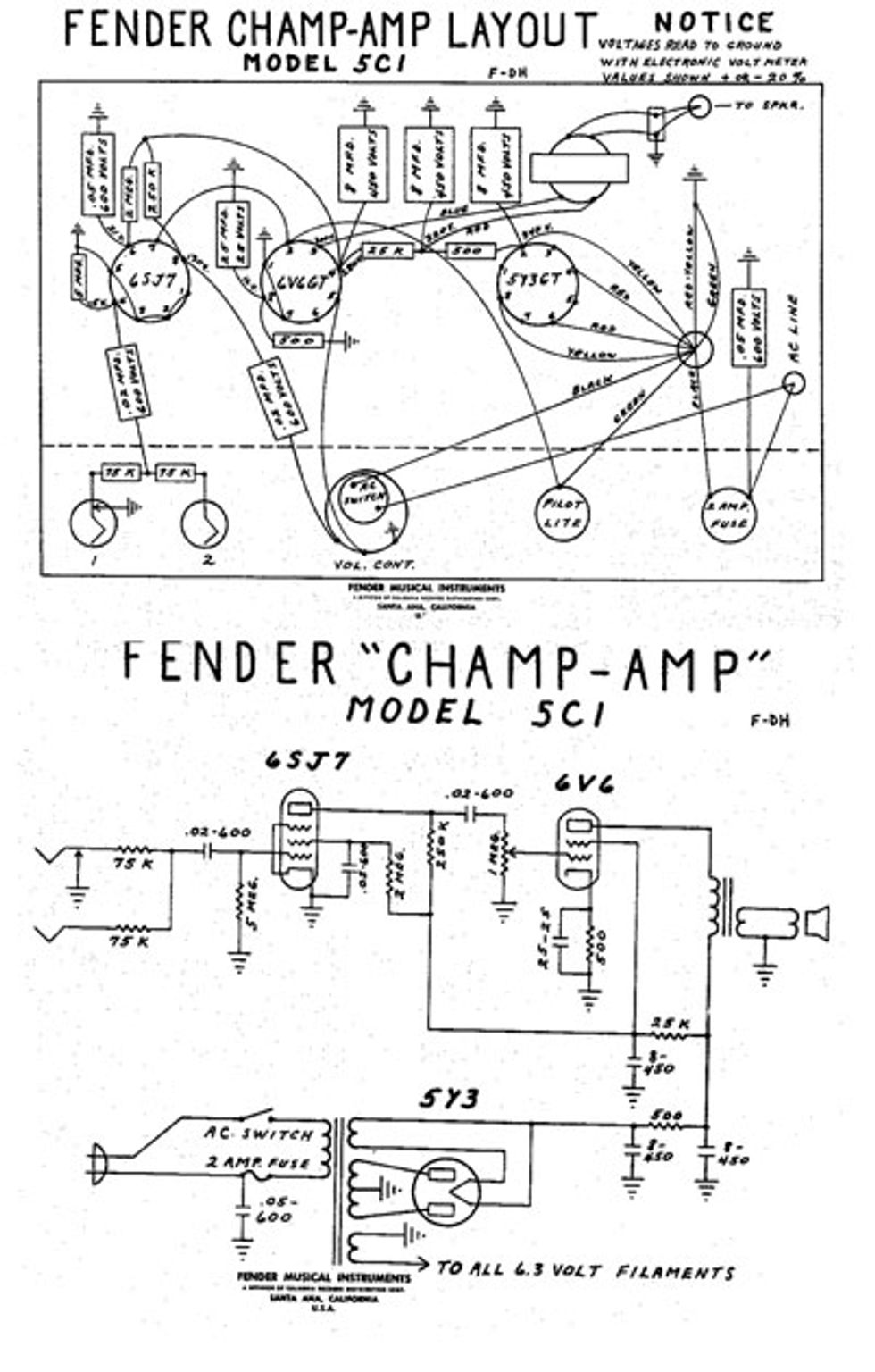
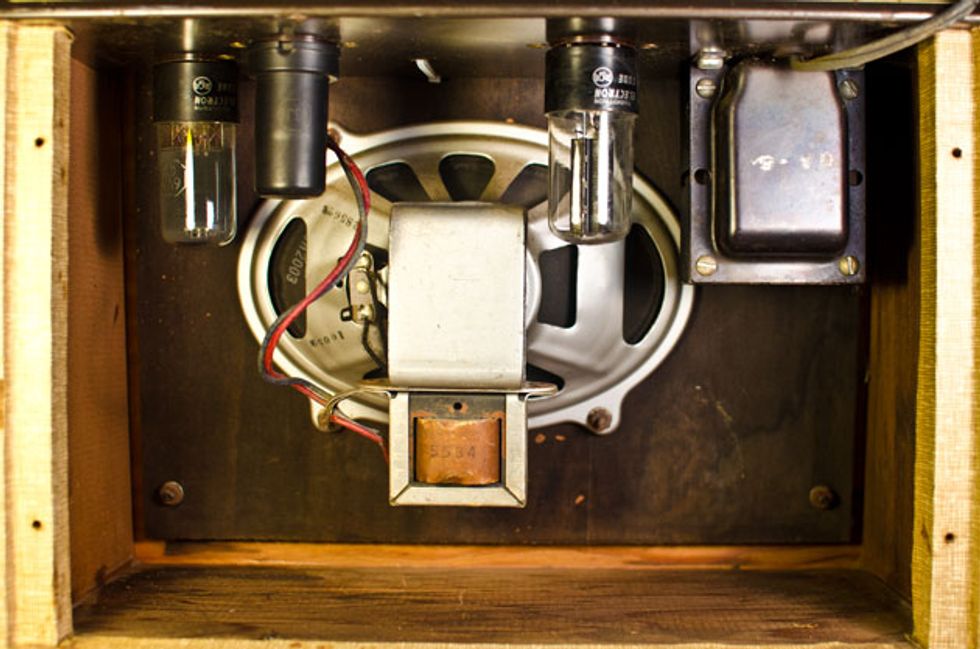




![Rig Rundown: Russian Circles’ Mike Sullivan [2025]](https://www.premierguitar.com/media-library/youtube.jpg?id=62303631&width=1245&height=700&quality=70&coordinates=0%2C0%2C0%2C0)






